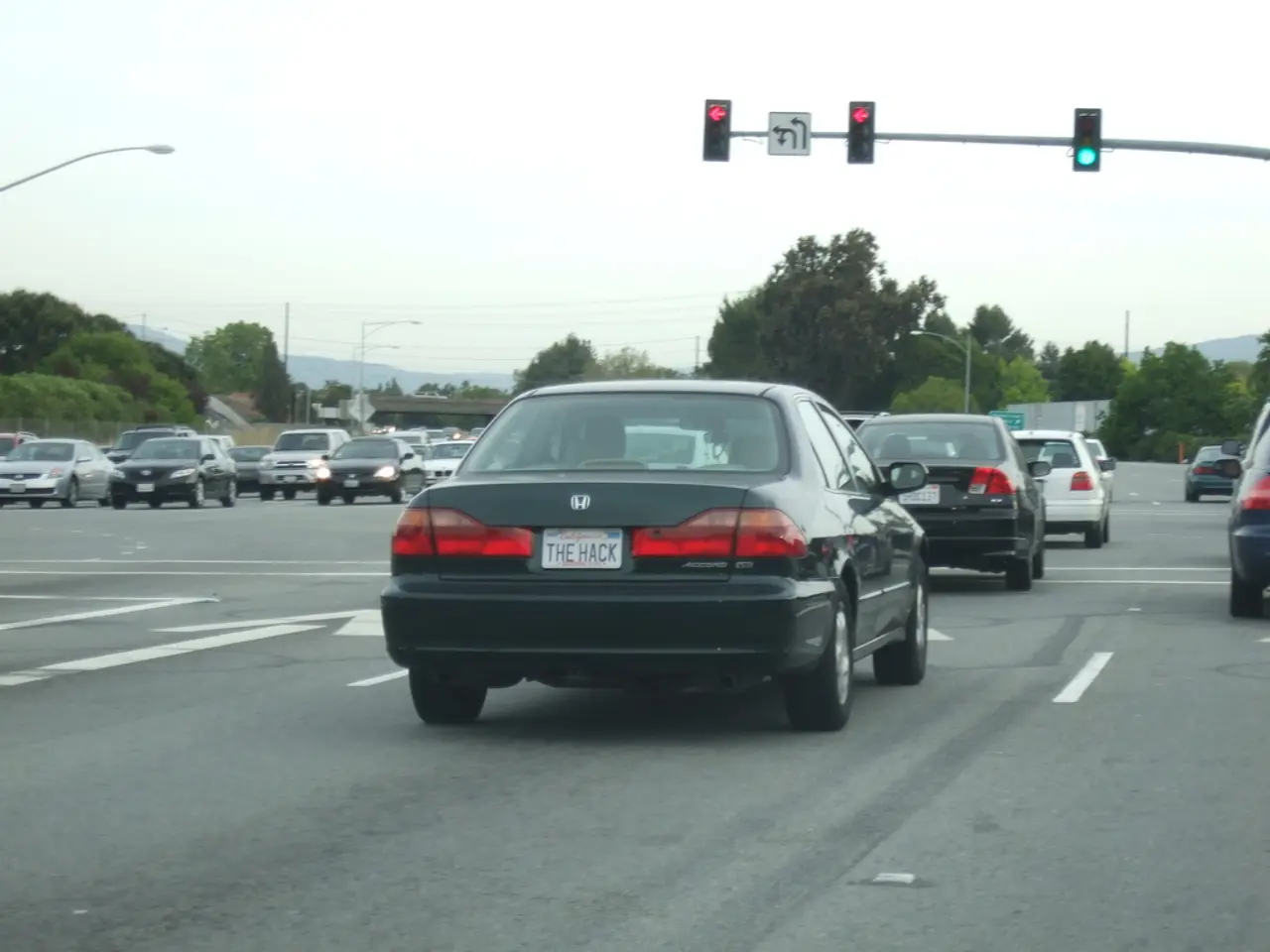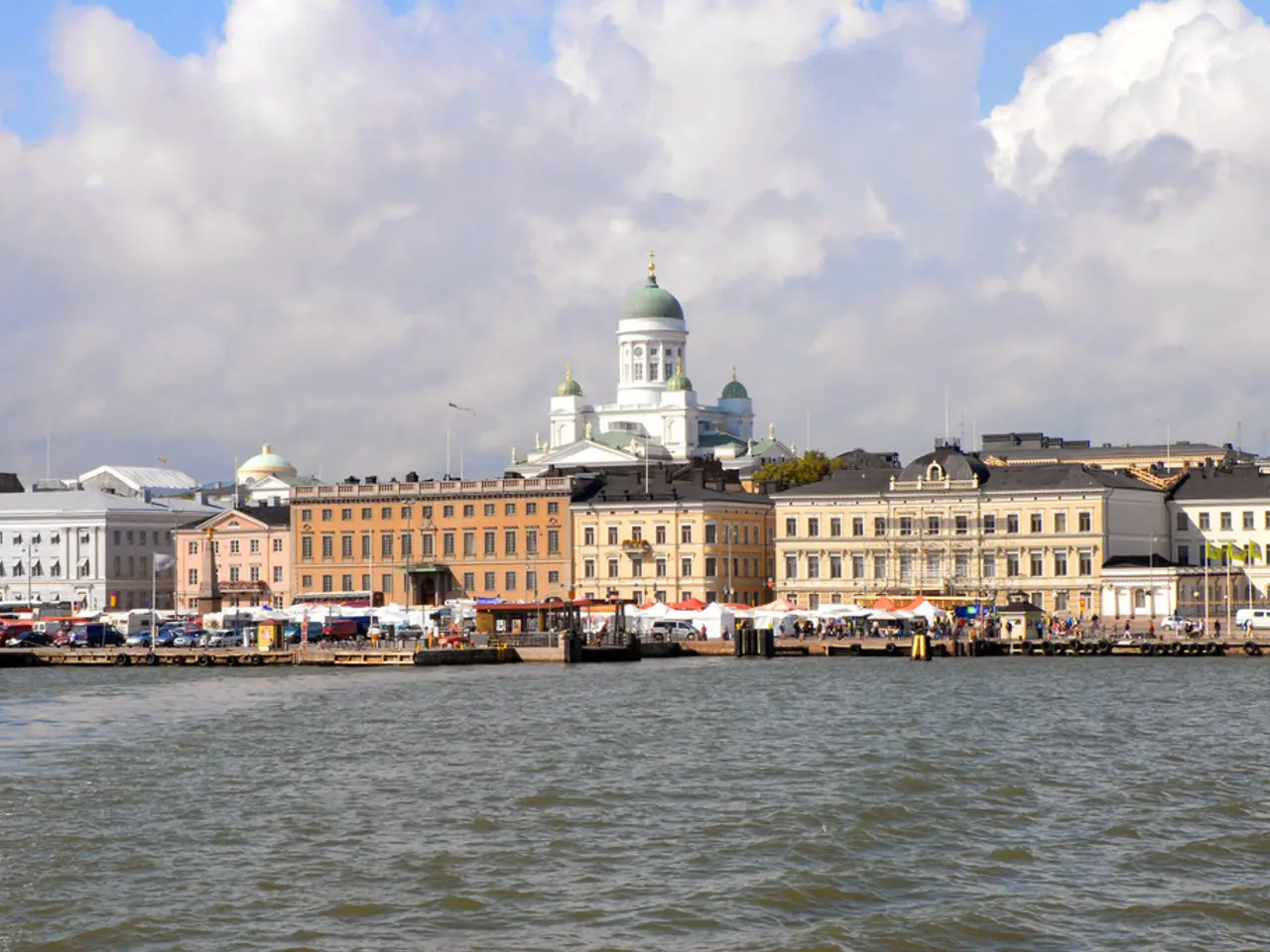Germany and Poland enact border controls on their shared boundaries
In a move aimed at curbing irregular migration and human trafficking, Germany initiated border controls with Poland in October 2023. The controls, tightened further with the new German government in May 2025, allow authorities to turn away asylum seekers at the border [1][3]. This decision has prompted Poland to reinstate its own border checks with Germany, starting in July 2025, citing the need to combat illegal immigration and maintain symmetrical and united action in managing migration flows across shared borders [2][3][4].
The border controls, which apply to both cars and pedestrians, are primarily focusing on minibuses, vehicles with many occupants, and cars with heavily tinted windows [1]. In Krajnik Dolny, cars coming from Schwedt (Brandenburg) are being stopped for checks, and German cars are being briefly inspected, while vehicles with Polish license plates are usually waved through [1].
Poland's Interior Minister, Tomasz Siemoniak, has assured that ordinary travelers, especially EU citizens, would not face obstacles. The controls, he emphasized, target those involved in illegal smuggling of migrants [2][3][4]. This move by Poland has been seen as a retaliation or response to Germany’s border controls, reflecting tensions over migration policy within the Schengen Area, which traditionally allows free movement [3][5].
The border controls between Poland and Lithuania are also in effect at 13 crossings [1]. An Estonian driver was recently stopped at a Polish-Lithuanian crossing for having four passengers without valid entry papers [1].
One commuter, Oliver from Eberswalde, finds the controls beneficial for security, even if they sometimes present complications due to language barriers [1]. However, a sensitive issue for Poland is the claim by right-wing groups that Germany is illegally bringing asylum seekers back across the border without entering Poland [1].
German Federal Interior Minister, Alexander Dobrindt, has strengthened the measures in May, allowing for asylum seekers to be rejected directly at the border [1]. Despite Dobrindt's offer of joint border controls on the German side, this has been unsuccessful so far [1].
In summary, the border controls were first introduced by Germany to limit undocumented migration and were followed by Poland reinstating controls to address the same issue and respond to Germany’s measures, highlighting ongoing challenges within the EU regarding migration management and border security [1][2][3][4][5].
The border controls implemented by Germany and later followed by Poland have primarily focused on vehicles, especially those with many occupants or heavily tinted windows, targeting individuals involved in illegal migrant smuggling. This stringent border policy has stirred tensions within the Schengen Area, with critics viewing Poland's actions as a retaliation to Germany's border controls, notably the regulation of asylum seekers directly at the border.






